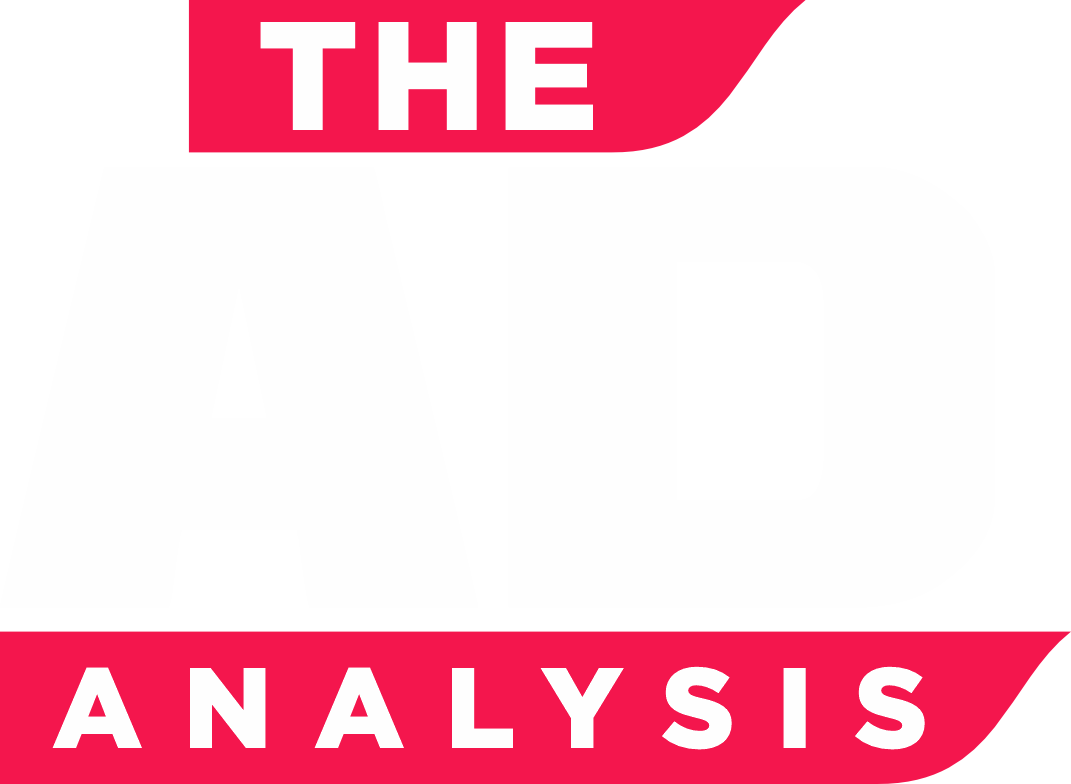In today’s fast-paced tech industry, businesses need to deliver high-quality software quickly while adapting to changing customer needs. The Agile development methodology has become the preferred approach for software teams because it enables faster, more flexible, and more efficient project execution.
This article explores how Agile methodology accelerates project success, its key benefits, and why companies are shifting from traditional development models.
1. What is Agile Development?
Agile is a flexible, iterative approach to software development that emphasizes:
✅ Continuous collaboration between developers, stakeholders, and customers.
✅ Incremental releases instead of delivering everything at the end.
✅ Frequent testing & feedback loops to improve quality.
✅ Adaptability to changing requirements during development.
💡 Example: Instead of spending a year building a full product, Agile teams release small functional features every 2-4 weeks, gather feedback, and refine the product.
2. How Agile Speeds Up Project Success
1️⃣ Faster Time to Market 🚀
✔️ Agile breaks the project into small, manageable sprints (1-4 weeks).
✔️ Each sprint delivers a working product version with usable features.
✔️ This reduces the overall development time and gets the product to users faster.
💡 Example: A fintech startup using Agile delivers a working mobile banking app prototype in 3 months instead of waiting 1 year for a full release.
2️⃣ Improved Flexibility & Adaptability 🔄
✔️ Agile allows teams to change requirements mid-project without delays.
✔️ Businesses can pivot strategies based on customer feedback.
✔️ Avoids the rigid structure of traditional development models (like Waterfall).
💡 Example: An e-commerce company using Agile can quickly add a “Buy Now, Pay Later” feature after noticing demand for it from early users.
3️⃣ Continuous Feedback & Higher Quality ✅
✔️ Agile encourages frequent testing & user feedback at every stage.
✔️ Developers fix bugs and improve features before the final release.
✔️ Ensures the final product meets user expectations.
💡 Example: A healthcare app development team tests each feature with doctors & patients after every sprint to ensure accuracy and usability.
4️⃣ Enhanced Collaboration & Team Productivity 🤝
✔️ Agile promotes daily stand-up meetings for transparency.
✔️ Teams work in small, cross-functional groups (developers, designers, testers).
✔️ Everyone is involved in decision-making, leading to faster problem-solving.
💡 Example: A SaaS company’s Agile team includes engineers, marketers, and UX designers, ensuring all perspectives shape the final product.
5️⃣ Reduced Project Risks 🔥
✔️ Since Agile delivers software in small increments, failures are detected early.
✔️ Businesses don’t have to wait until the end to see results.
✔️ Reduces financial risks by avoiding large upfront investments in untested products.
💡 Example: A travel booking platform avoids investing millions in features that users don’t need by testing and refining one feature at a time.
3. Agile vs. Traditional Development (Waterfall)
| Feature | Agile Methodology | Waterfall Methodology |
|---|---|---|
| Flexibility | High – Can adapt to changes anytime | Low – Changes cause delays & extra costs |
| Time to Market | Faster – Continuous delivery of small updates | Slower – Product delivered at the end |
| Customer Involvement | High – Regular feedback included | Low – Customer sees product at the end |
| Testing | Ongoing – Bugs fixed throughout the project | Final testing happens at the end |
| Risk Management | Lower risk – Issues detected early | Higher risk – Major problems may appear at the final stage |
| Project Size Suitability | Works well for small & large projects | Works best for well-defined, small projects |
💡 Example: A banking software company switched from Waterfall to Agile, reducing project failures by 40% and delivering features 2x faster.
4. Key Agile Frameworks for Fast Development
✅ Scrum – Breaks work into sprints (2-4 weeks) with set goals & reviews.
✅ Kanban – Uses a visual board to track progress (ideal for continuous workflows).
✅ Lean – Focuses on eliminating waste & maximizing efficiency.
✅ Extreme Programming (XP) – Emphasizes frequent testing & collaboration.
💡 Example: A software company using Scrum methodology releases an MVP (Minimum Viable Product) in 6 weeks, getting early user feedback to improve it.
5. How to Implement Agile in Your Business
1️⃣ Train your team on Agile principles & frameworks.
2️⃣ Use Agile tools like Jira, Trello, or Asana for project tracking.
3️⃣ Break projects into small sprints and review progress regularly.
4️⃣ Encourage collaboration with daily stand-up meetings.
5️⃣ Involve customers in the process for feedback-driven improvements.
6. Conclusion: Agile is the Key to Faster Project Success
🔹 Agile speeds up development by focusing on flexibility, collaboration, and continuous feedback.
🔹 Businesses that adopt Agile deliver products faster, reduce risks, and improve customer satisfaction.
🔹 With the right Agile strategy, any company can innovate faster and stay ahead of competitors.



